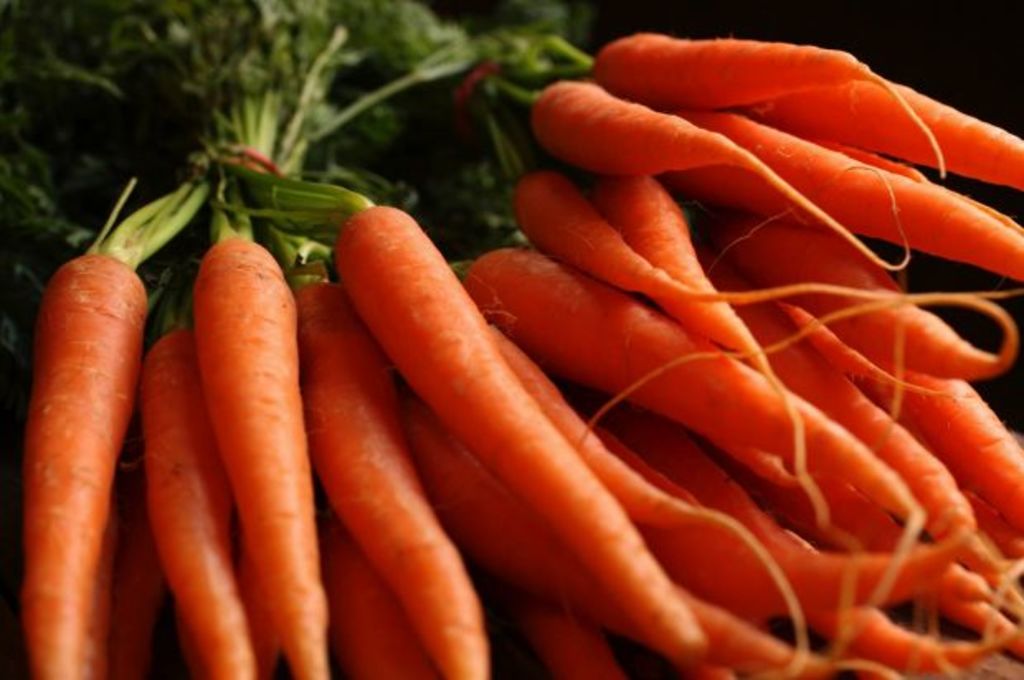Why buildings might need to eat their vegetables: Could the carrot be the secret for stronger concrete?

The future of construction isn’t all 3D printed homes and robot bricklayers. Like Popeye and his spinach, maybe the secret ingredient we need to build a better concrete is the humble carrot.
Engineers from Lancaster University have teamed up with dynamic material company Cellucomp to research how adding ‘nanoplatelets’ taken from root vegetables can make concrete mixtures stronger – and help the environment too.
Nanoplatelets are tiny structures comprised of a layer of stiff fibres – in this case made of plant cellulose. They are derived from the aforementioned carrots and sugar beets discarded from supermarkets, or from leftover waste from food-processing factories.
The nanoplatelets were found in early trials to “improve the mechanical properties of concrete”, and out-performed other available, more expensive commercial additives, like graphene.
They help in several ways. For one, they increase the concrete’s level of calcium silicate hydrate – a substance that controls its performance and strength. The nanoplatelet-enhanced concrete also had a denser microstructure, which made it more resistant to erosion.
Stronger concrete means we can use less of it during construction. And Portland cement, a key ingredient in concrete, is responsible for up to eight per cent of the world’s carbon dioxide emissions. This stronger veggie concrete uses less cement – 40kg less per cubic metre, while also finding a use for otherwise surplus food waste.
This isn’t the only new use of plant fibres in the building process. A Finnish company, Stora Enso, recently came out with Durasense – an alternative to oil-based plastics which is made from wood.
It uses wood fibres which are mixed with polymers and other additives for form granules that can be melted and used like plastic. Adding these fibres reduces the need for plastic by 60 per cent.
Now, if we can just get money to grow in trees, we’d have the mortgage for that house-that-carrots-built sorted out…
- Related: Dutch designers build 3D-printed concrete house
- Related: 3D-printing a home in a day
- Related: Behold the bricklaying robot
We recommend
States
Capital Cities
Capital Cities - Rentals
Popular Areas
Allhomes
More







